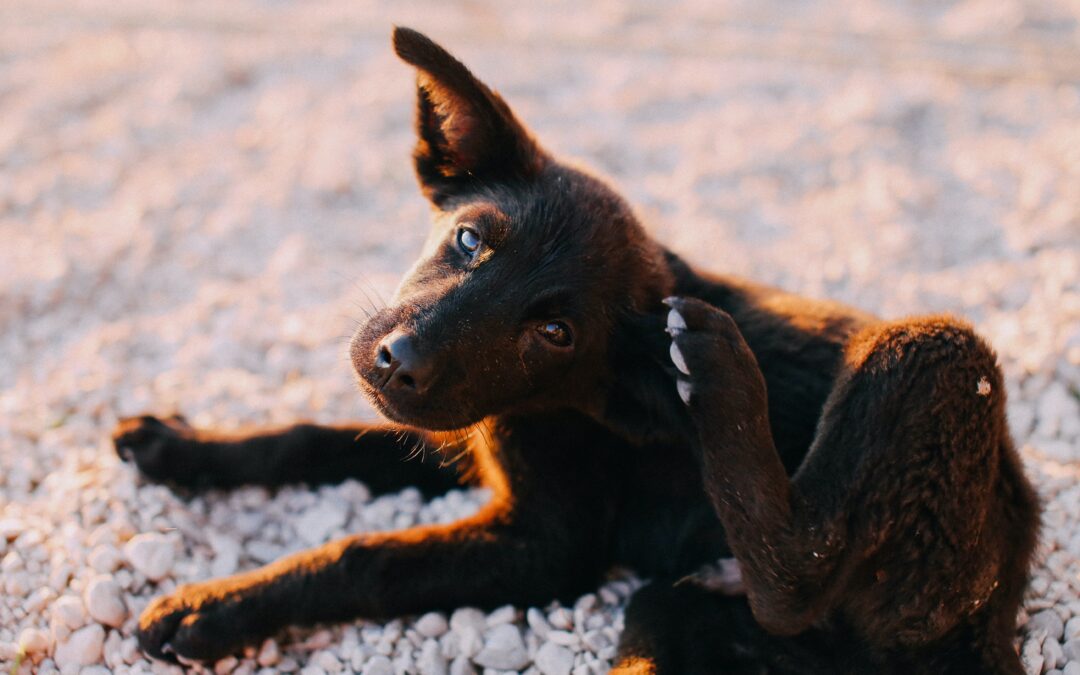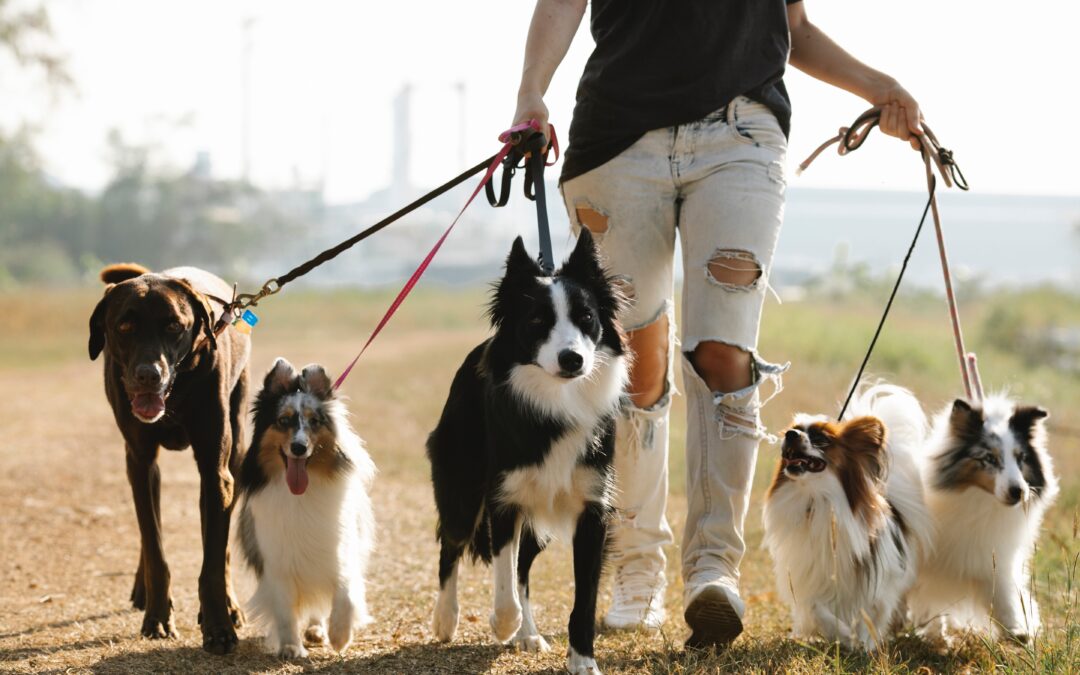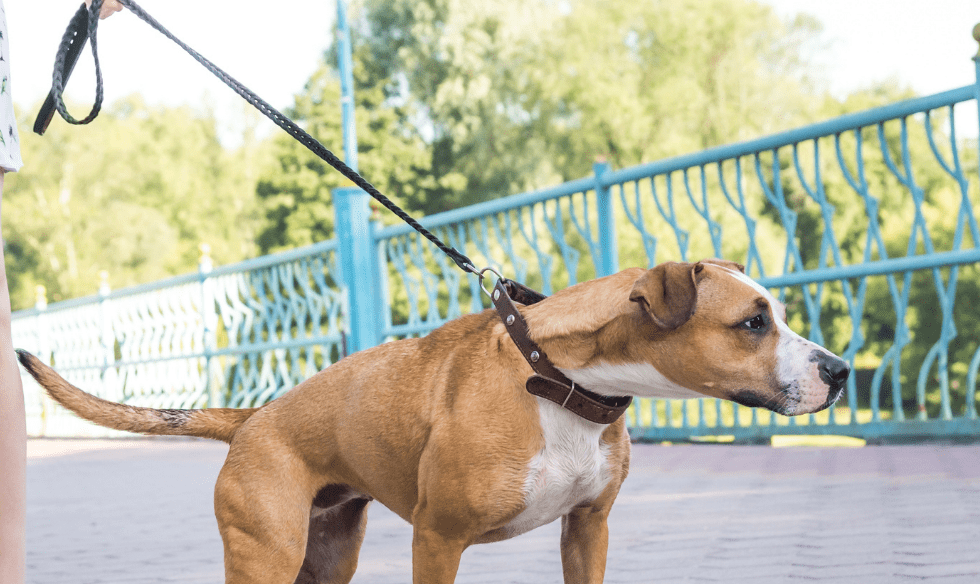I don’t believe dogs evolved to live in busy neighborhoods with lots of new people and dogs walking around, especially on their property (dogs do not understand property maps and communal spaces). It’s why I talk a lot about proper socialization when dogs are a very young age when they are evolutionarily in a stage of life willing to accept novel stimuli. But sometimes, no matter how well you socialize your dog, they may still start barking at other dogs as you try and go on your daily afternoon stroll.
Often from a place of fear, this reactivity can also be caused by frustration at not being able to get to the source of the reactivity. And no, that doesn’t mean you should respond to the reactivity by walking your dog up to the dog they’re barking at. This behavior is far too complicated to fully address in a quick blog post, and we’ll have plenty more about it in the coming weeks. But here are a few tips if your dog is beginning to display the behavior:
Distance is a HUGE factor in whether your dog will react and affects the intensity of the reaction. Start exposing your dog to the source of the reactivity with enough distance so they notice it, but do not verbally react.
Use treats and other good things to create a positive association with the source of the reactivity when your dog notices it. The key is rewarding your dog BEFORE a verbal response. If your dog is going crazy, see the previous tip about distance. You may also need to increase the value of the good thing you’re using. Hot dog pieces are often worth their weight in gold (and much, much cheaper).
Prevention is an important part of leash reactivity training as it is a very self-reinforcing behavior. Your dog doesn’t like the other dog walking towards them and reacts. And guess what, that other dog eventually walks away. The reaction worked. Sometimes, turning away from an oncoming dog or person before your dog notices them is the best thing you can do in an untenable situation. Use cars and other visual blocks if you cannot walk away from the trigger. And do your best to avoid busy times and busy areas.
If you have a dog that reacts intensely on a leash to certain things, don’t be embarrassed. You are definitely not alone. Take a deep breath, give your dog some love when you get home, and give us a call. We can help!
Michael Litzky is a Certified Professional Canine Behavior and Training Master Instructor (CPCBTMI), a Certified Behavior and Aggression Management Trainer, and a Certified Professional Dog Trainer-Knowledge Assessed® (CPDT-KA®). He also is a certified AKC® Canine Good Citizen® Evaluator.
More Village Barker

How to Prevent Fleas
Flea prevention is an essential part of maintaining the health and well-being of dogs. Fleas are external parasites that can cause various problems, such as itching, skin irritation, and even...

Twelve Amazing Facts about Dogs
Dogs communicate through body language: Dogs use various body language cues to communicate their feelings and intentions. Tail wagging, ear position, facial expressions, and body posture are...

